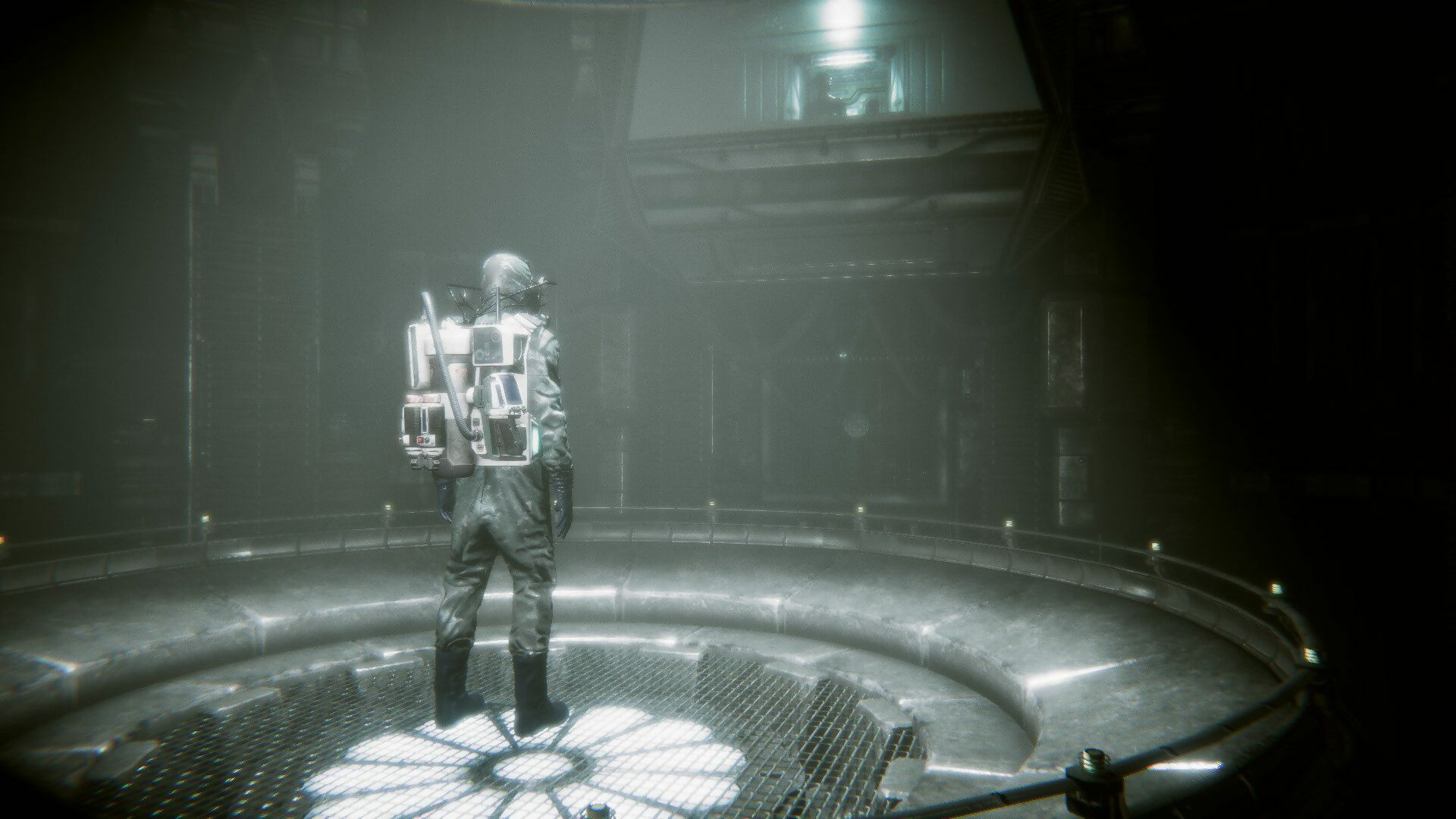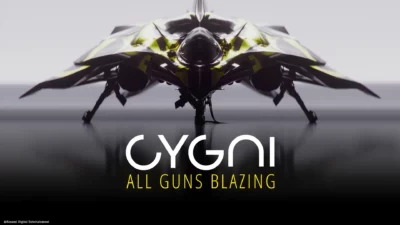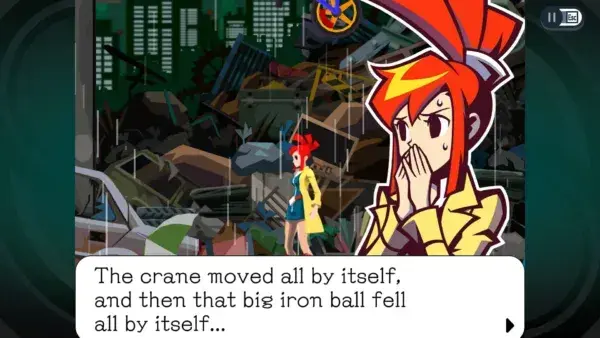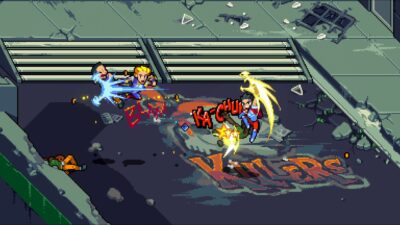
A shared house in the north of England mysteriously burns down, killing the six students trapped inside. As 43, a time-hopping operative sent from the future, it’s your job to prevent the tragedy from happening. It’s a task matched in its ambition by the one Eternal Threads developer Cosmonaut set for itself: to somehow tie this butterfly effect-style story together in a way that made sense.
“Our initial efforts became a much more supernatural experience,” says creative director Paul Johnson. “Then, we had a crazy idea… What if the entire story was open from the start? What if the player was free to go to any point in time and change any decision they wished, as many times as they liked? This is when the idea of the house fire with the deaths of all the housemates was conceived and the story was reworked and refined, so now the decisions have a direct impact on their survival.”
This set Johnson and the team on a path to create hundreds of different paths and outcomes for the player to explore – including one perfect ending, which will see all housemates survive and go on to enjoy their best future lives.

The story of Eternal Threads begins at the end, with you playing witness to the tragic fire.
The sci-fi shenanigans might be set within the confines of a single building, but six people’s routines constantly intertwining still results in 190-plus character decisions for you to navigate (and potentially change) on both a small and grand scale. They set the stage for an eight to ten-hour first-person adventure where you must play the watcher, jumping back and forth over a week’s timeline to find out how the fire started, taking note of dialogue and actions while saving as many characters as possible in the process. It’s a lot to wrap your head around, no doubt, hence why having an in-game time-map to hand made a lot of sense.
“The original whiteboards on which we charted the story looked like some strange mixture of ancient cave-paintings, alchemical scribblings, and the calculations of an insane astrophysicist,” jokes narrative director Dave Bottomley. “It was overwhelming to look at and absolutely the complete opposite of ‘easy to follow’”.
Boiling all that down into a form that players could get their heads around took Cosmonaut Studios months and many iterations. “Ultimately,” says Bottomley, “we settled on a basic timeline diagram, with the scenes currently active being lit up and connected to the central line, while all the alternatives were greyed out and disconnected. This hopefully [gives] the player a central focus, while also showing all the possible alternatives that were available for them to connect and explore through the changing of decisions.”
The stakes are set almost immediately after you’re sent back to 2015. Soon after laying down the relay devices necessary to let you view the past ghost forms of all six housemates, you’re warped to the end of the seven-day timeline and forced to stand in the building as flames rise and firefighters struggle to control the blaze. From here, you’re given free rein to explore the timeline, wandering from floor to floor in search of clues and hints crucial for helping the housemates escape the building in time. In doing so, you come to learn more about the group’s relationships and how they impact one another.

All six housemates have their own routines, which you can influence using the Visualiser tool to change the timeline.
So what are the benefits of popping around the timeline out of order, as opposed to simply watching events play out linearly? “Everyone wonders ‘what if?’. What if I’d said that, or done that, or taken that job, or gone on that date,” says Bottomley. “We wanted players to scratch that universal itch, by allowing them to freely investigate these alternatives and explore the multiple timelines and outcomes. Change a decision, pop along the timeline and observe the results, then change it back again afterwards if you want.”
This also enables players to hone in and understand one character at a time, rather than seeing their individual stories constantly fade in and out. “You can even start at the end of the timeline, discover exactly how everyone died, and then work your way backwards trying to change those circumstances. We wanted to give players the freedom to explore and play the game however they wanted, without fear of game-ending consequences.”
Only by influencing the timeline so events play out in the correct order can players hope to use the butterfly effect to their advantage, getting to know this setting – and all six characters – intimately in the process. Northern England might not be the most obvious place to set a game where such lofty themes and ideas are placed front and centre, but by contrasting grandiose sci-fi against the mundanity of everyday 21st-century life, Cosmonaut Studios is looking to keep the human element at the heart of it all.

Changing a character’s decision-making will sometimes see their room shift and change in appearance.
Eternal Threads is the Cosmonaut team’s debut title, but if it proves to be successful, Johnson is confident that its time-hopping formula is one that could work in all kinds of other tragedy-laden scenarios and settings. “We have so many ideas for sequels,” he says, looking to the future. “43 is one of many operatives tasked with fixing corruption in the timestream. There are so many stories we could explore, and even though this story’s goal was to save the lives of six everyday housemates, another damaged thread of time, needing repair, could offer something completely different. The possibilities are almost endless.”





